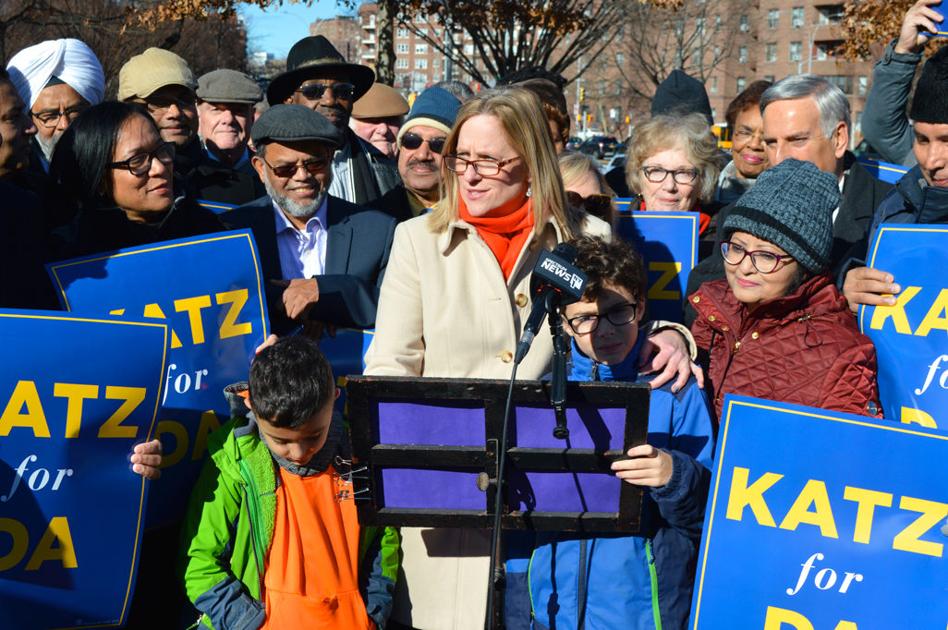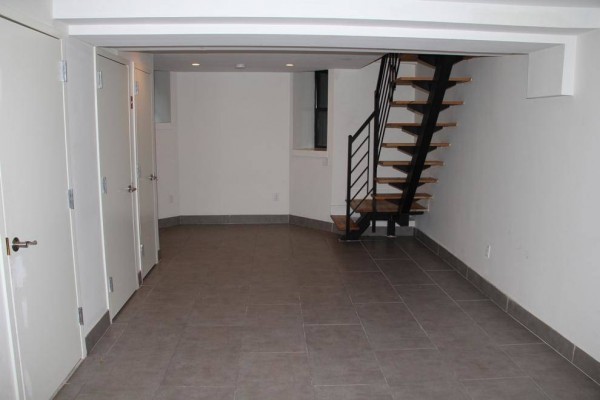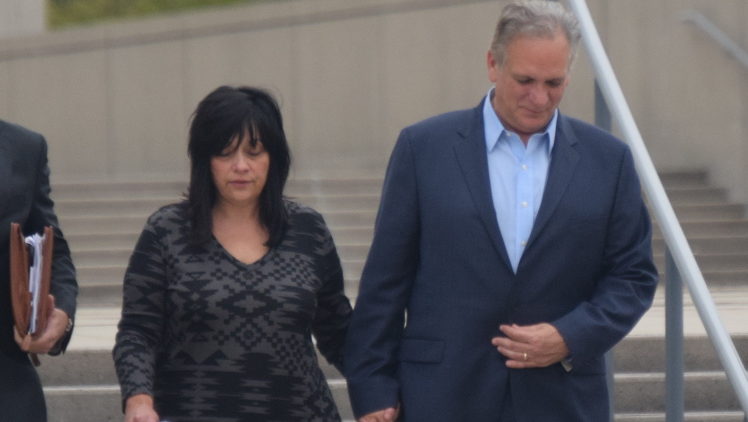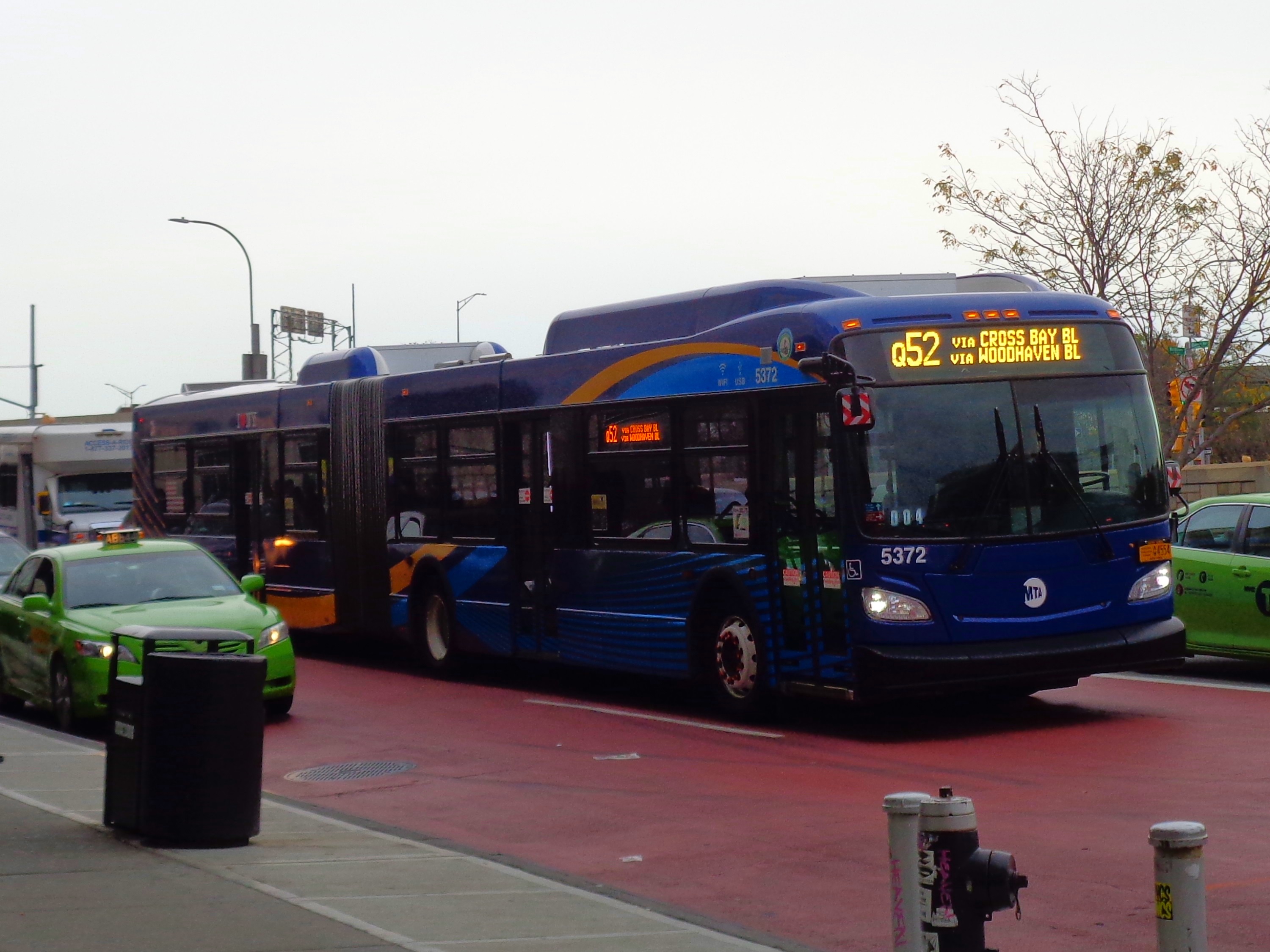Patch
Many New Yorkers may dream of buying a home, whether it's a Brooklyn Heights brownstone or an almost suburban house in eastern Queens. But a new report suggests housing is unaffordable for the typical worker in all five boroughs.
In the report published Thursday, ATTOM Data Solutions crunched housing and wage numbers for 473 of the nation's more than 3,000 counties nationwide. It determined affordability by assuming a 28 percent maximum "front-end" debt-to-income ratio. That means a buyer purchasing an affordable home would not be spending more than 28 percent of their income on house payments including insurance, mortgage and property taxes.
Every New York City borough is considered unaffordable, meaning median home prices in the first quarter of this year were too expensive for average wage earners. That was the case in 71 percent of the counties that were analyzed.
The city's highest shares of income needed to purchase a median home were seen in Brooklyn and Manhattan, where a buyer needs 115.9 and 115 percent of the average annual earnings, respectively, the report shows.
Things weren't as bad — though still pretty dismal — on Staten Island, where the costs of buying a home eats up 72.4 percent of the average annual wages of $51,337, according to the report.
ATTOM's affordability index took median home prices from public sales deed data. Average wage figures came from the U.S. Bureau of Labor Statistics. In all, 231 million people live in the counties analyzed by the company.
Here's what the researchers found for each New York City borough.
Manhattan
- Affordability index (Under 100 is less affordable than historic average): 76
- Median sales price: $1,862,500
- Year over year annualized wage growth: 6.8 percent
- Year over year median home price growth: 33 percent
- Affordability index (Under 100 is less affordable than historic average): 92
- Median sales price: $760,000
- Year over year annualized wage growth: 5.8 percent
- Year over year median home price growth: 0 percent
- Affordability index (Under 100 is less affordable than historic average): 91
- Median sales price: $630,000
- Year over year annualized wage growth: 6.9 percent
- Year over year median home price growth: 7.7 percent
- Affordability index (Under 100 is less affordable than historic average): 91
- Median sales price: $445,000
- Year over year annualized wage growth: 5.7 percent
- Year over year median home price growth: 11 percent
- Affordability index (Under 100 is less affordable than historic average): 101
- Median sales price: $490,000
- Year over year annualized wage growth: 7.3 percent
- Year over year median home price growth: 1 percent

































%2Fcdn.vox-cdn.com%2Fuploads%2Fchorus_image%2Fimage%2F15216869%2Ftom_seaver_malcolm_emmons-usa_today_sports_usatsi_5356676.0.jpg&f=1)





